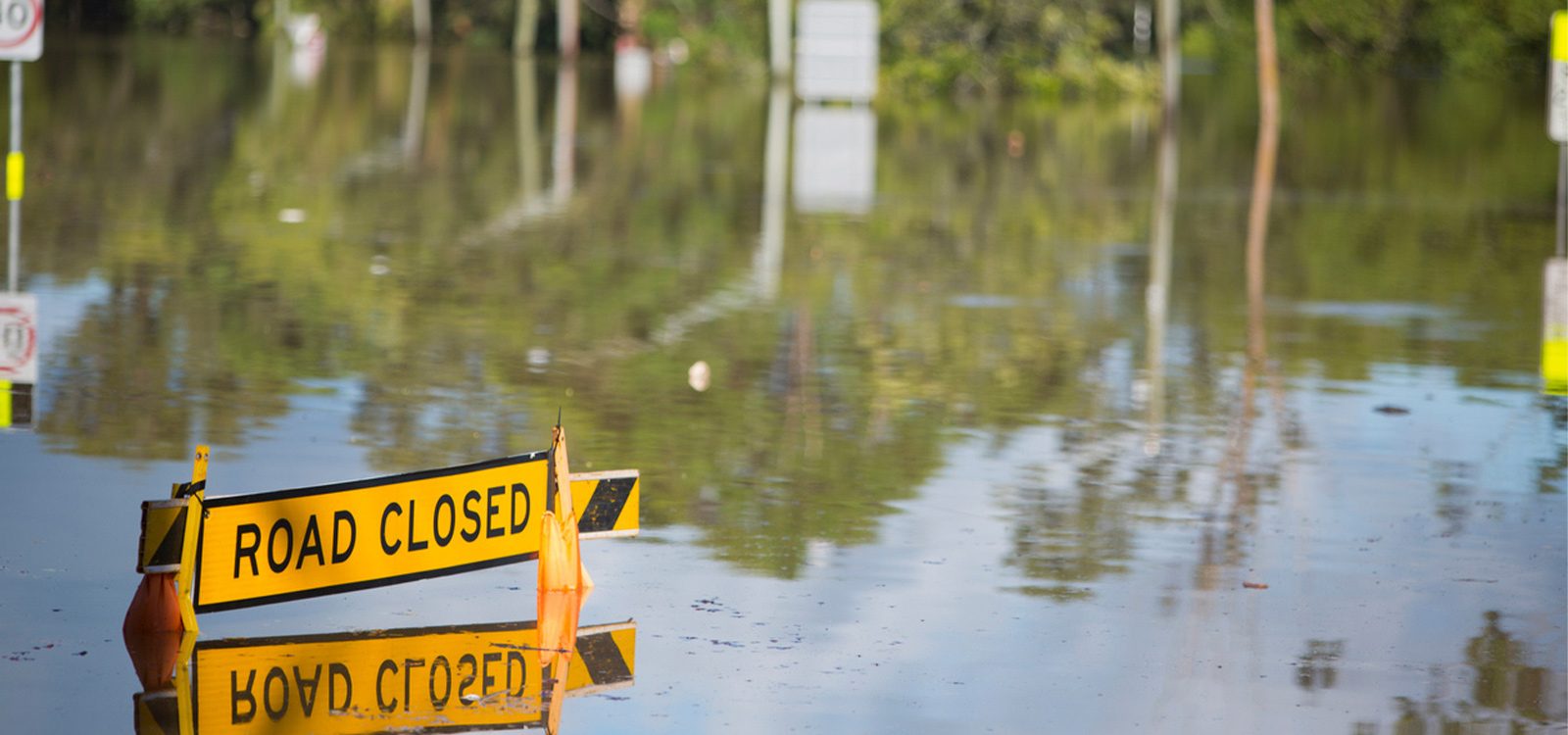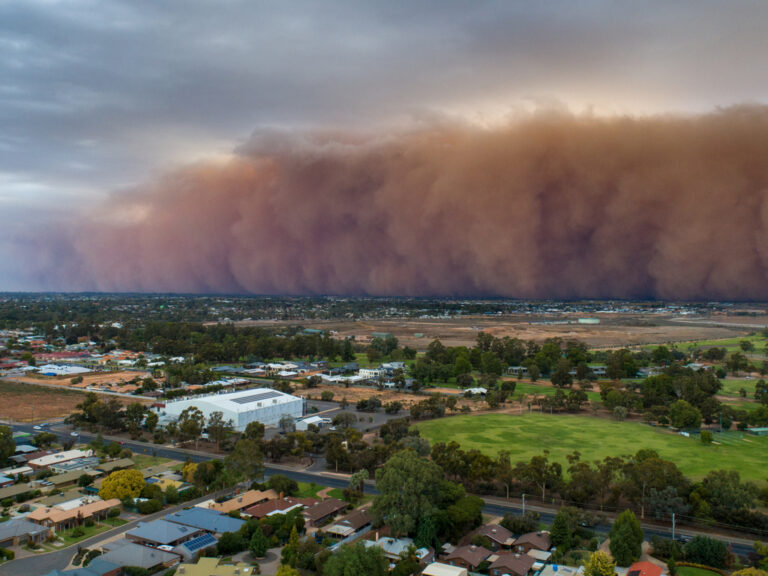
The role of insurance in enhancing societal resilience to flood risk
Alex Pui assesses the financial and societal impacts of flood events, and the role which the insurance industry can play in closing the ‘protection gap’.
The toll of floods on lives and livelihoods has become more damaging as the world warms, land use changes, and economic density increases. According to Swiss Re Sigma data (1970 – 2019), global floods (including coastal storm surges, tropical cyclone and convective storm activity) cost up to USD$50bn annually. Only 30% of global flood losses were insured and the protection gap is forecast to widen. This is most prominent in areas with low insurance penetration, rapid economic growth and acute physical climate change impacts such as Philippines and Bangladesh within the Asia-Pacific region, leading to overall reduced societal resilience to flooding. As such, how can the insurance industry play a role in closing this protection gap?
Risk-based pricing and strong multi-stakeholder engagement can send a strong policy signal
Insurance quantifies risk and enables individuals, governments and global partners to measure the cost of flood events to inform a broader risk management framework, including mitigation measures and planning controls. This shapes risk attitudes and behaviours. Insurance cannot eliminate flood risk, but integrated into a broader management framework, it can promote an environment in which risk is reduced to a ‘sustainable equilibrium’. Communities benefit from the transfer of risk to insurers and the cross-subsidies between low and high risk segments.
Insurers should engage with local councils, who stipulate zoning conditions for developers. Insurers can influence societal resilience ‘ex ante’ rather than ‘ex poste’ by sending a pricing signal regarding the future insurability of assets to be built, helping to redirect investment away from hazardous to safer areas, or to ensure that protective infrastructure is also built to safeguard against flood risk. They can achieve this with more transparency in their technical view of risk, which should be based on bespoke catastrophe modelling tools, allowing for in-house and local council expertise. In fact, this practice is implicitly gaining momentum as insurers and catastrophe model vendors help to assess mortgage portfolios for future physical climate risk impacts such as coastal flooding from sea level rise.
Insurers and brokers possess insights into flood experience at an industry level and they should leverage this information to work closely with their clientele. Value added services could include identification of key risk drivers, improvements to site level flood resilience, and recognising positive risk management measures through reduced premium charges. This would materially benefit clientele in the manufacturing sector with complex supply chains.
Additionally, insurance payout conditions could be attached to flood claims. One such condition is to use payouts to migrate impacted homes to safer areas, subject to regulatory approval and coordination, instead of rebuilding in the same flood prone areas. This would effectively end an otherwise vicious disaster risk cycle.
Moral Hazard, short termism and lack of scientific rigour remain key challenges
Risk-based pricing will have a limited impact unless there is broad consensus within the industry around the underlying technical price. In particular, it should not differ significantly in the areas of highest risk and arguably more important: pricing that does not deviate from this technical view of risk. This may not happen in practice for reasons such as short termism, unrealistic top line premium growth targets, the case of being ‘too big to fail’, well-meaning but poorly conceived flood subsidies (such as the National Flood Insurance Program in the US), and the structural issue of reverse auction (particularly in corporate insurance), which often leads to the cheapest quote[1] being taken up irrespective of pricing adequacy.
To this end, market reform is key. For example, if regulators act decisively to remove moral hazard, insurers who continue to embrace short termism will be more likely to face financial ruin, particularly if their books are overweight on short tail hazards such as flood. Instead of bail outs, impacted policyholders of these failed insurers could be supported directly by the state (as insurer of last resort), thus promoting accountability.
The other challenges stipulated above are largely intrinsic to the industry and can be overcome through improved education and maturity, specifically with a greater appreciation for scientific expertise. Rewarding insurance executives for chasing unrealistic growth targets may lead to excessive and at times uninformed risk-taking. Instead insurers should reward insurance executives on a rigorous, science-based underwriting approach, which is balanced against commercial factors to ensure sustainable profitability. High profile insurer insolvencies following Hurricane Andrew (1992), and about twenty years later following the Christchurch earthquakes and Thai Floods (2011) suggest that key lessons may not have been learnt.
Similarly, brokers should show more interest in the subject matter of their trade that would help facilitate true price discovery, rather being purely transaction focused or gravitating to the whims of a capricious commercial market. The advantages of a science-based approach cannot be more evident, as observed in the contrasting outcomes of individual countries and firms navigating the twin challenges of our time: COVID-19 and climate transition risk.
[1] Even after normalizing for counterparty, and credit ratings risk
CPD: Actuaries Institute Members can claim two CPD points for every hour of reading articles on Actuaries Digital.






